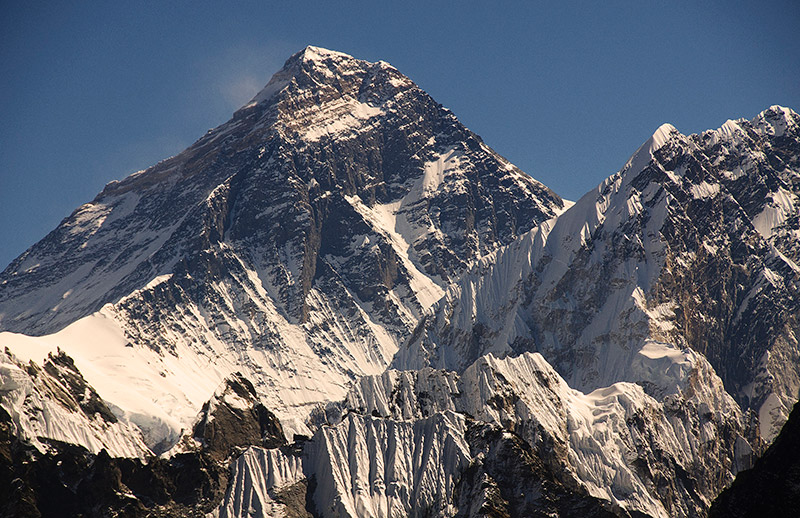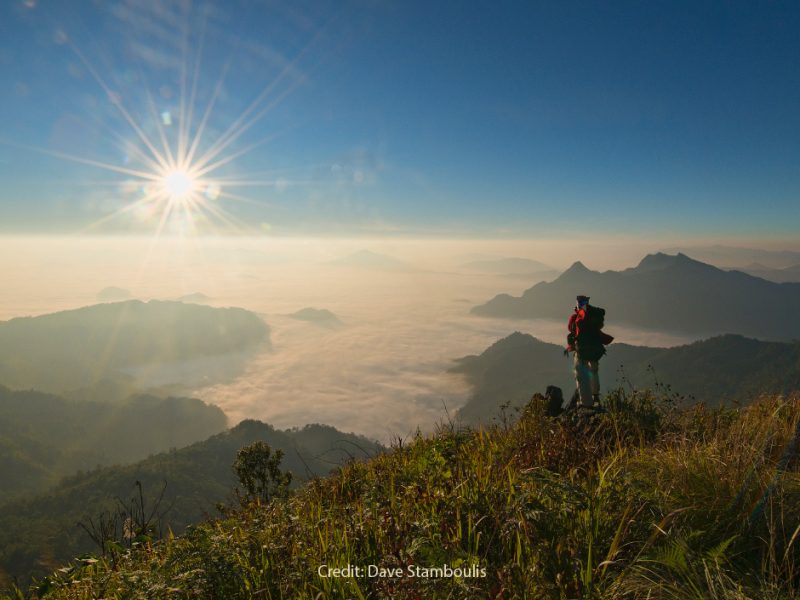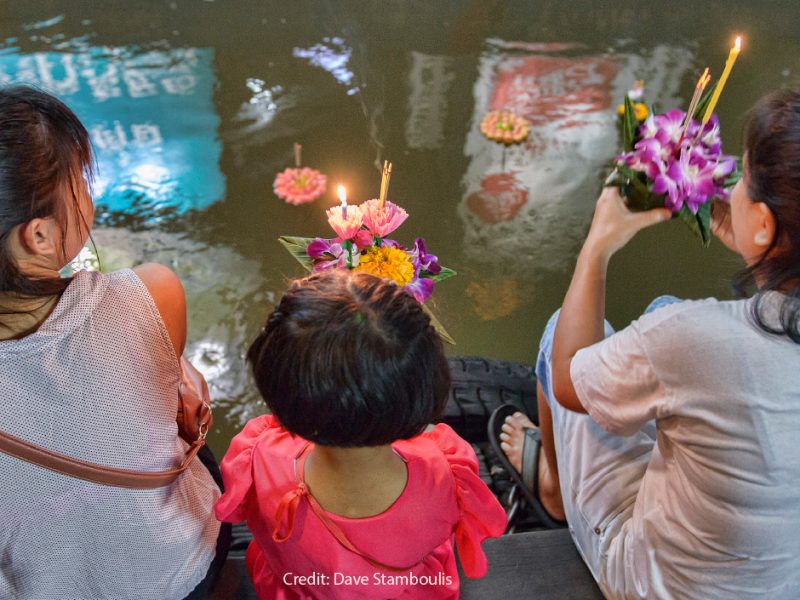Real Resolutions
We’re almost two decades into this century, and it’s that time of the year again, the new one, where folks feel like they get a fresh start, or at least they try to spin it that way. It’s also that time of the year where people make New Year’s resolutions, a practice that goes back centuries.
The Babylonians promised the gods each year-end that they would pay their outstanding debts and return borrowed objects, while the Romans made vows to their god Janus, for whom the month January is so named. Medieval knights took what were known as “the vow of the peacock” by placing their hands on a live or roasted peacock and reaffirm their commitments to chivalry.
While Gallup and other various polls in the US have claimed that upwards of 40% of Americans made resolutions and that at least half of them were more likely to succeed than those who made vows of change at other times of year, a British study in 2007 found that 88% of those making resolutions failed completely, which sounds a lot more in line with what I find when asking my friends and acquaintances about their own efforts.
The problem is that most people end up saying they want to stop a behavior that they actually enjoy. If drinking or smoking gives you that much pleasure, what are the odds that you are going to stop it, even if you actually believe it is harmful? Same goes for going to the gym; while most folks want to be in good shape, the prospect of torturing one’s body for hours per week is a reality that doesn’t justify the result for most.
My take on things is that if you derive pleasure out of any of your vices, and realistically don’t see them as being overly harmful, then by all means don’t even consider giving them up. Yet what I’d like to encourage more isn’t making a New Year’s resolution, but putting more effort into living your dreams.
My wife and I recently left our desk jobs and spent the past half year traipsing the high mountains of Asia, from the Pamirs of Kyrgyzstan and Tajikistan to the endless ranges of Ladakh, India, on the Tibetan border, and finally to Everest Base Camp in the Nepal Himalayas.
It wasn’t so much that we had a bucket list to tick off or a particular must-see place, but was more about choosing to take some time away from the big crowded city we live in, get away from the ridiculous amount of time we spend on the internet, and just do something totally different, something that would make us feel constantly alive as opposed to just going through the motions. It also meant getting the courage up for taking the risk of leaving steady employment and a life that we were used to.
While we obviously all need to work and make an income, for many this can become a non-stop grind, where we actually work less to survive, and more out of habit and addiction, where our only reward becomes spending the hard-earned money on consumer goods as a way of feeling satisfaction. In our case, our journey was fueled far less by expenses or fancy resorts, and far more by the need to have real experiences in the real world.

Credit: Dave Stamboulis
I think this sentiment gets echoed a lot these days. Take the trek to Everest Base Camp for example. It takes several weeks to reach Base Camp, and that’s only if you fly into the nearest airstrip at Lukla. You have to go slowly in order to acclimatize to the high altitudes, ending up sleeping at 5,000 meters which is extremely uncomfortable, endure brutal cold that reaches to -20 degrees, endure dusty trails, bland repetitive food, and go without showers or creature comforts for the most part. In the end, Base Camp itself doesn’t even afford views of Mount Everest, and yet each year thousands of folks make the pilgrimage here.
I’m not sure they do it “because it’s there,” as British explorer and climber George Mallory once reasoned to a New York Times reporter. While some certainly come try their luck due to seeing Mount Everest being on their travel bucket list, I think that a majority of people come because they want a challenge, an adventure, and something out of the ordinary. They want to feel alive, even if it means discomfort and suffering. They paid lots of hard-earned money to suffer and endure misery all in exchange for some precious minutes of feeling truly alive.
Experiential travel is one of the top traveling trends in the tourism world today. Travelers raft raging rivers, take cooking classes, do language programs, and generally integrate with their surroundings far more than just going to fancy resorts and lying on the beach. While cultural immersion is far from perfect, at least lots of people are trying; trying perhaps to disconnect and connect more, precisely because their everyday lives don’t necessarily offer this.
Taking the plunge and doing something like a long trip, changing a lifestyle, or embarking on something radically different certainly isn’t easy. Even myself, a veteran traveler, I spent hours thinking about all the “what ifs,” wondering how our trip and new lifestyle choice would work, and what would happen if it didn’t. However, in the end, throwing caution to the wind and just letting fate take a bit of control, it all eventually worked out.
So, here’s to less 0f “I’m giving up booze and smoking,” and more of “I’m heading to France and taking a sommelier course and becoming an enophile.” Happy New Year!







